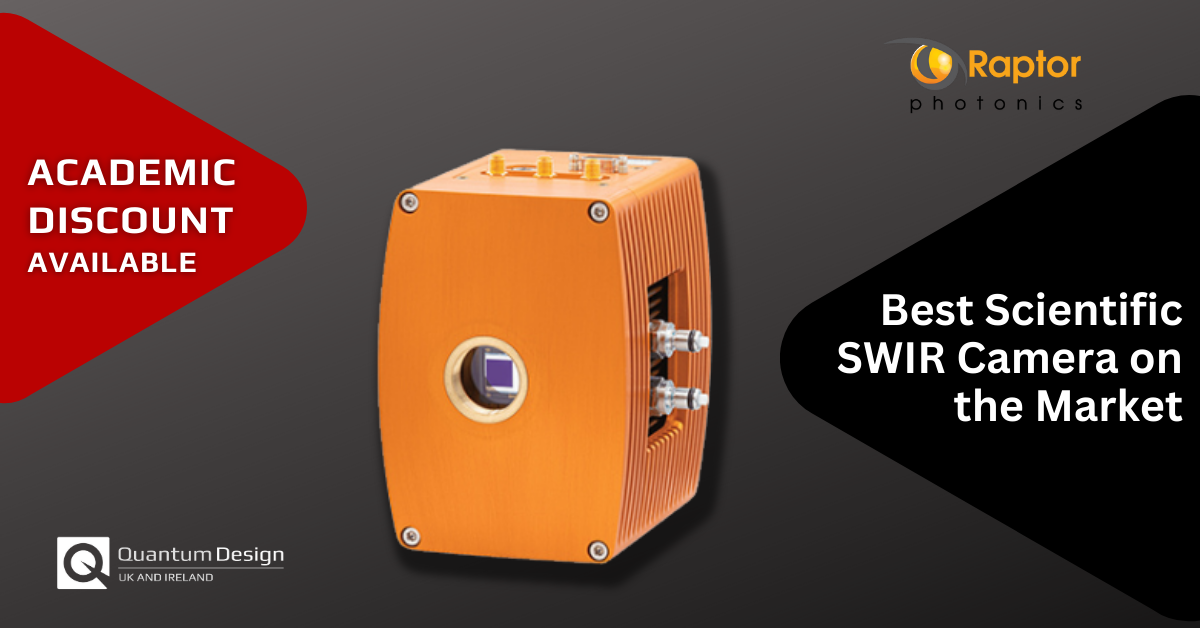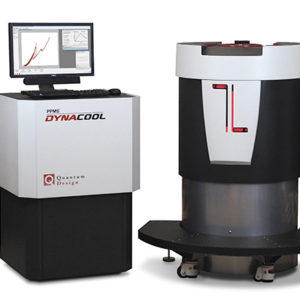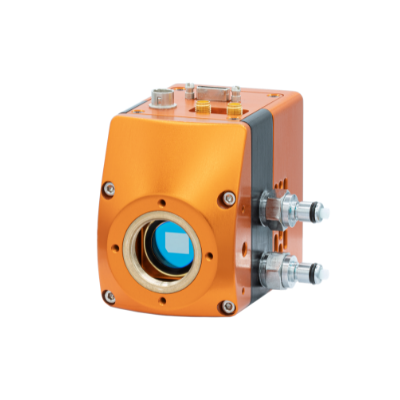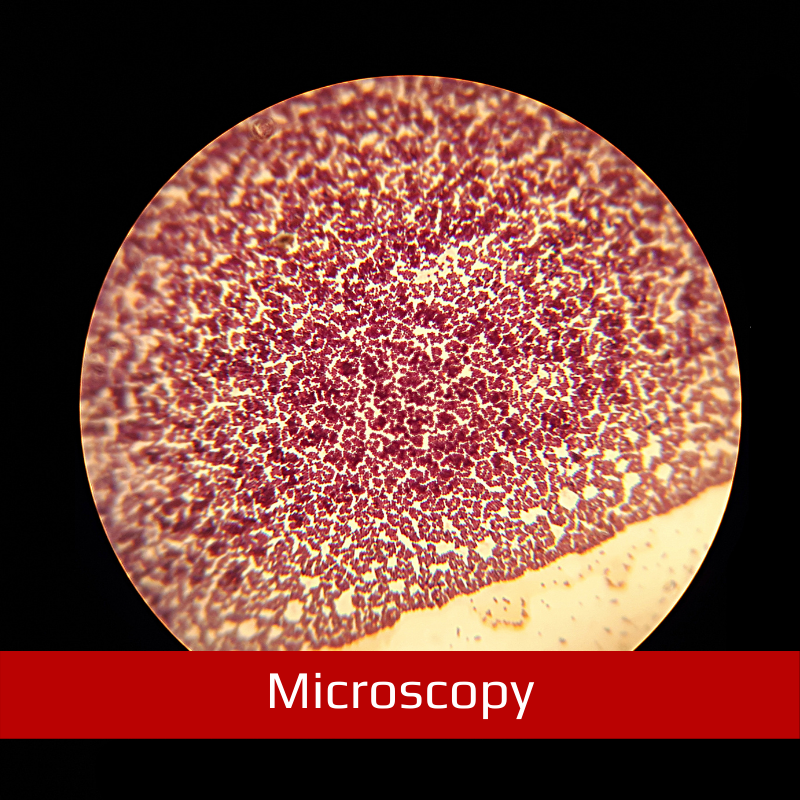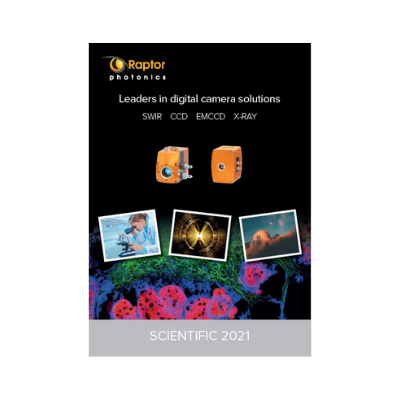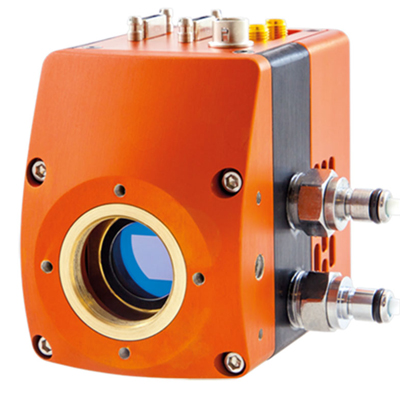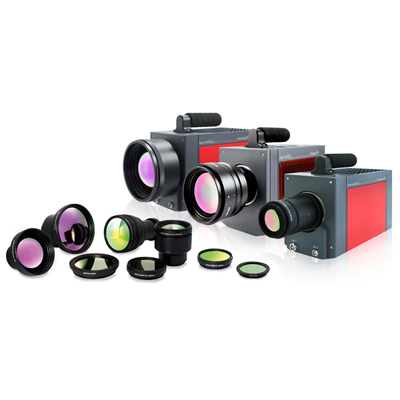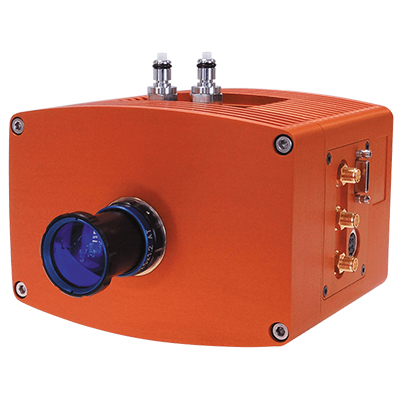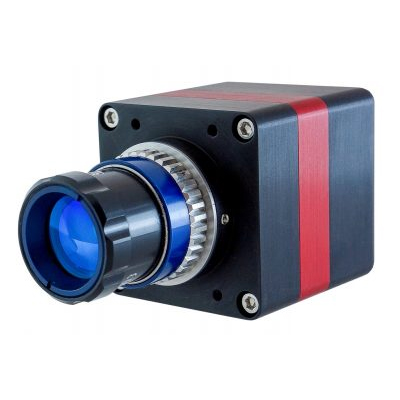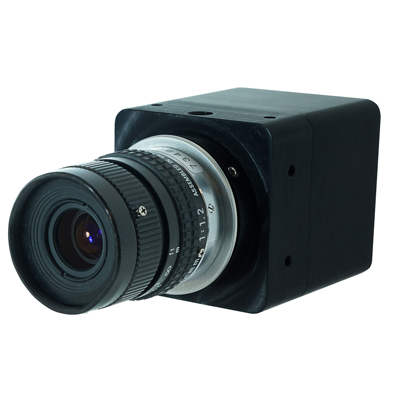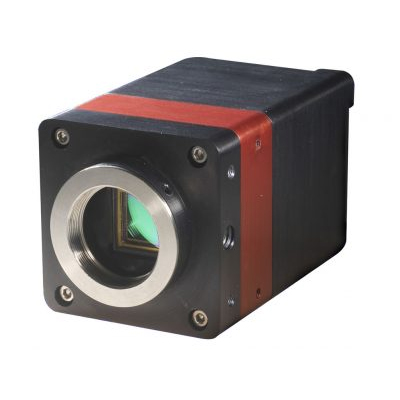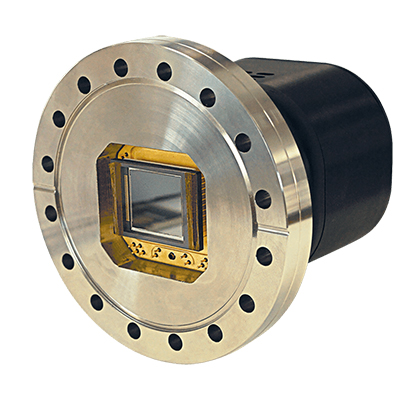- Features
- Videos
- Downloads
- Applications
- Related Products
- Contact
- Back To Spectroscopy
- Back To Optics
- Back To Hyperspectral
- Back To Cameras
- Back To X-Ray
- Back To Light Measurement
- Back To Characterisation
- Back To Electron Microscopy
- Back To Magnetometry
- Back To Ellipsometers
- Back To Cryogenics
- Back To Lake Shore
Raptor Ninox 640 II VIS-SWIR Camera
High resolution, low noise, digital InGaAs camera
The Ninox 640 II is the next generation of the highly successful Ninox 640. With an ultra low typical readout noise (rms) of 18 electrons and a typical dark current reading of <750e- at -15°C, the Ninox 640 II improves even further on its noise performance. The mechanical design of the camera is also much improved and the camera is significantly more compact than the initial Ninox 640.
With dimensions of 87.30mm x 78.86mm x 79.30mm and weighing 550g, it is one of the most compact and lightweight scientific SWIR cameras available on the market. The Ninox 640 II is a cooled, high sensitivity digital SWIR camera. Using a 640 x 512 InGaAs sensor, the Ninox 640 II enables high sensitivity imaging from 0.4µm to 1.7µm. The 15µm x 15µm pixel pitch enables a high-resolution SWIR image and with a typical readout noise (rms) of 18 electrons, the Ninox 640 II enables the highest SWIR detection limit.
Available with a 14 bit Camera Link output, the Ninox 640 II will run up to 120Hz, enabling high-speed digital video with intelligent Automated Gain Control (AGC).
FEATURES
- VIS-SWIR InGaAs technology – Enables imaging from 0.4μm to 1.7μm
- Cooled to -15°C – Allows longer integration avoiding dark current build-up
- Ultra-Low Noise Sensor: 18e- in High Gain – Enables ultimate low light Vis-SWIR image
- 15µm x 15µm pixel pitch – Enables the highest resolution SWIR image
- Ultra high intrascene dynamic range – Enables simultaneous capture of bright & dark portions of a scene
- Onboard Automated Gain Control (AGC) – Enables clear video in all light conditions
- Ultra compact, Low power – Ideal for hand-held, mobile or airborne systems


